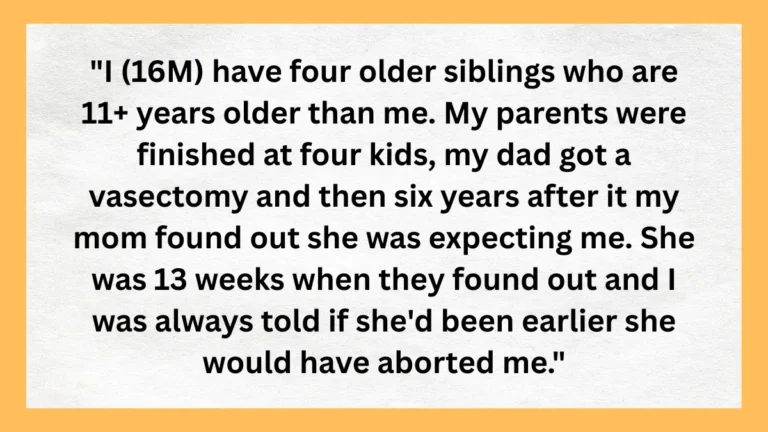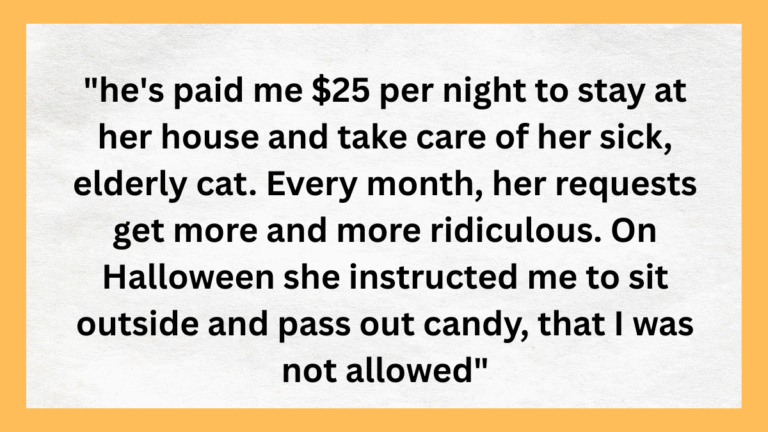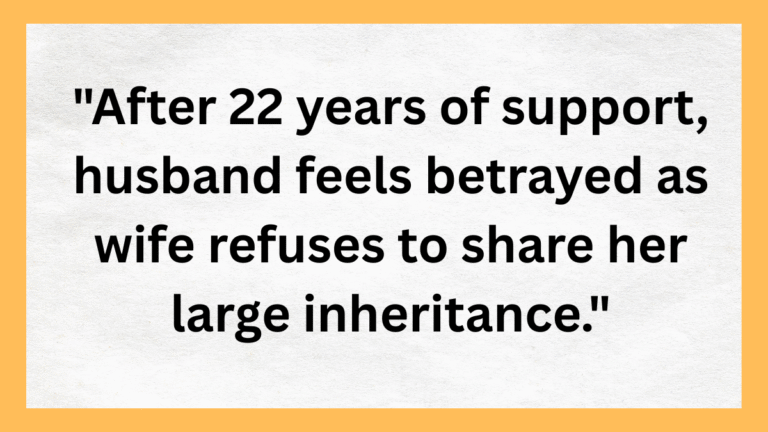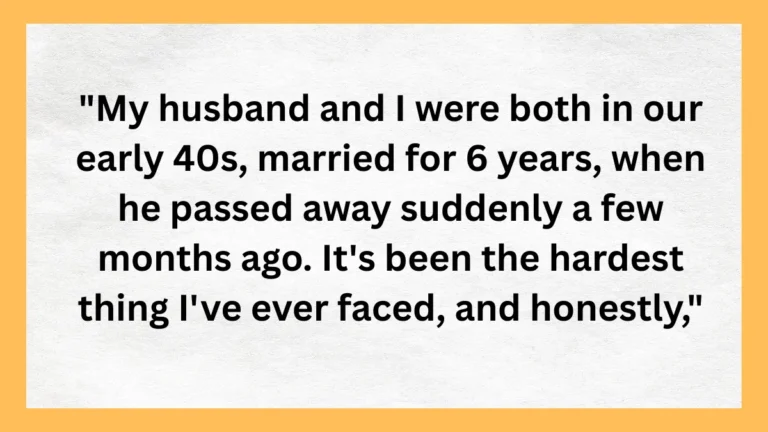I Had to Protect Us”: Man Faces Backlash After Threatening Home Intruders with a Gun
A 27-year-old man shared a harrowing account of nearly facing down intruders while caring for his disabled mother. As the would-be burglars attempted to break in, he grabbed his firearm, positioned himself at the door, and warned that he’d shoot if they forced entry. The tension was thick, but the intruders eventually backed off.
What followed, however, was unexpected his girlfriend, who had witnessed the entire ordeal, scolded him. She insisted that violence should never be an option, no matter the situation. He pushed back, saying he had no choice but to protect the people he loved — his mother, his partner, and himself — against a real threat.
This gripping incident explores much more than just a home invasion. It touches on personal safety, the realities of Michigan’s self-defense laws, and the emotional divide between differing cultural mindsets. While he was thinking like a protector, his girlfriend seemed to live by an entirely different code — one that clashed with his instincts in a moment of crisis.
One terrifying night revealed a harsh truth — a man and his girlfriend had wildly different beliefs about what it means to protect their home.
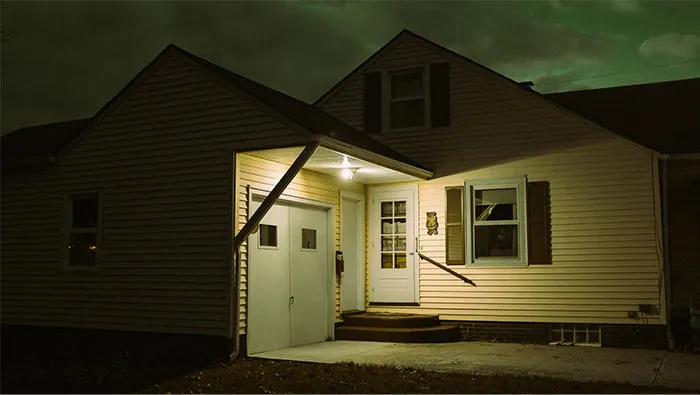
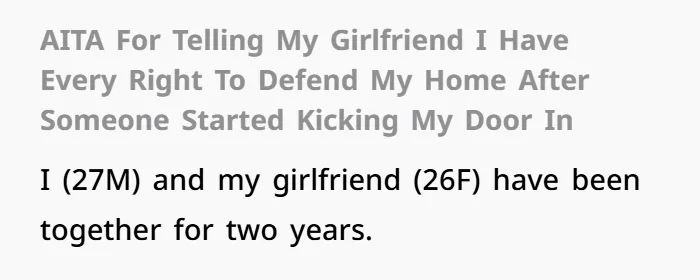
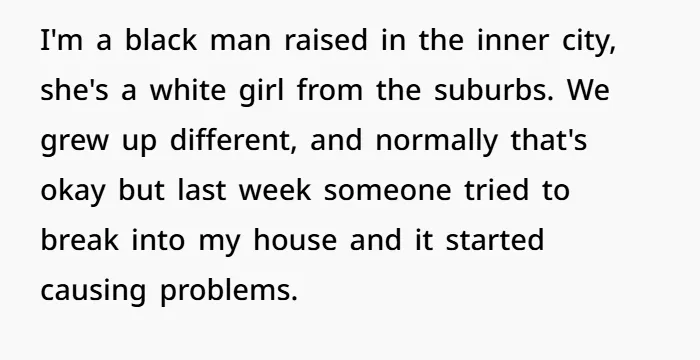
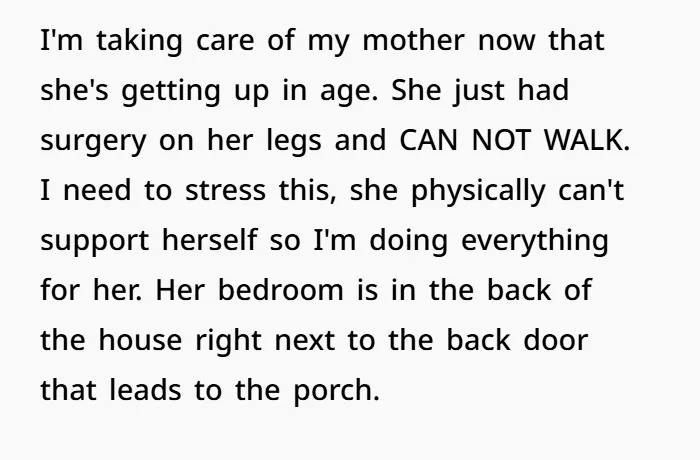



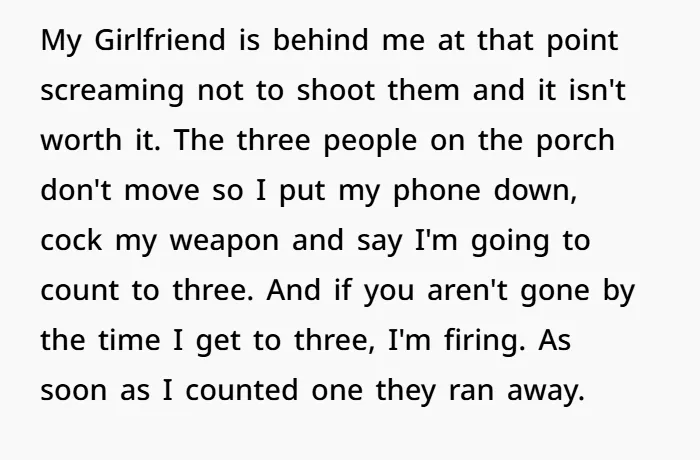
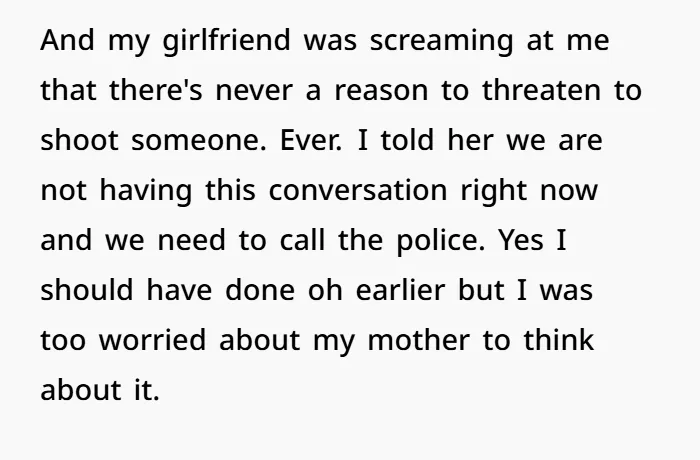
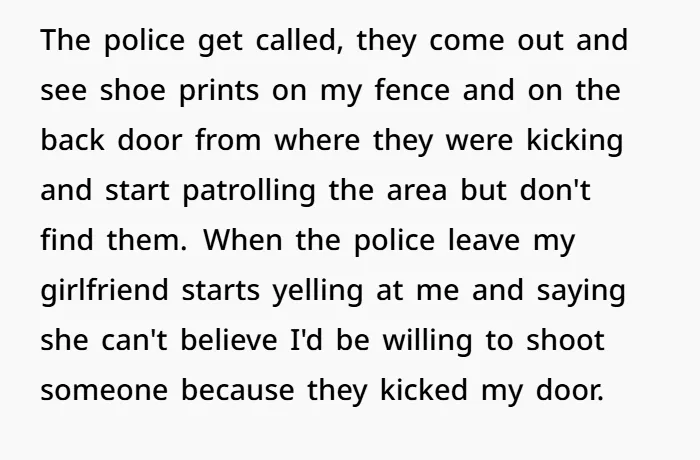
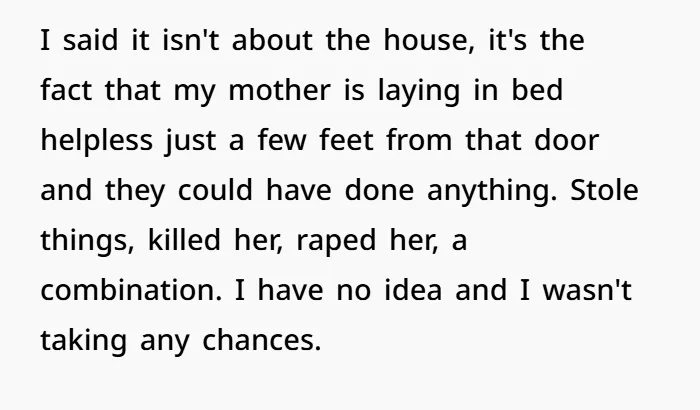
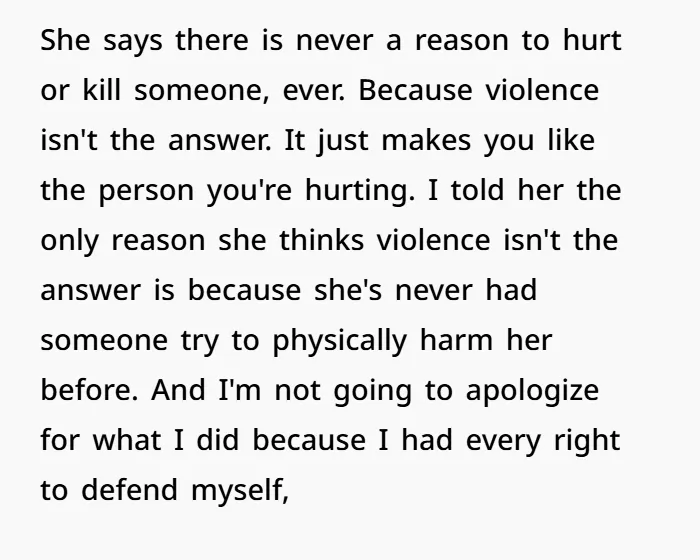
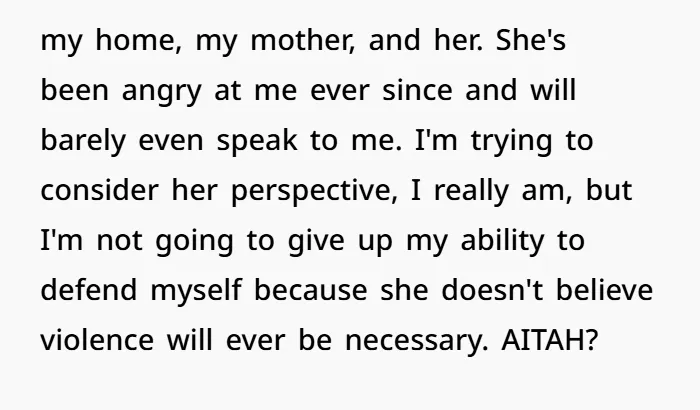

The Right to Self-Defense
Self-defense laws vary widely by region, but the core principle remains consistent: individuals have the right to protect themselves and their property when facing an imminent threat. At the heart of many legal frameworks lies the castle doctrine — the deeply rooted belief that a person’s home is their sanctuary, and they have every right to defend it against intruders. In many states, this includes the legal use of force, even deadly force, if an intruder poses a clear and present danger inside the home.
In some parts of the U.S., “stand your ground” laws go even further, eliminating the obligation to retreat before defending oneself when threatened — even outside the home. However, legal systems still emphasize that a person’s reaction must be proportional to the threat. Courts often weigh whether unnecessary force was used, and a measured response can serve as a powerful defense during trial.
That said, the usual legal considerations felt strangely distant in OP’s case. These weren’t imaginary threats — intruders were actively attempting to break into his home, blatantly ignoring verbal warnings to stop. His house wasn’t just a living space; it was also his workplace and a safe haven for his elderly, ill mother. His measured reaction — issuing a warning before preparing to defend — felt not just justified but necessary.
If you’re drawn to intense, real-life conflicts where values collide and emotions run high, don’t miss this one:
Funeral Fallout: MIL Furious Over Widow’s Unexpected Inheritance
Cultural Differences in Perceptions of Violence
Part of the clash between OP and his girlfriend may come down to how they were raised — and how that shaped their views on danger and self-protection. OP, possibly raised in an urban environment, likely grew up with a deep awareness of real-world risks and was taught to make practical decisions in high-pressure situations — when to stand firm, and when to walk away.
In contrast, his girlfriend’s suburban upbringing may have shielded her from sudden, face-to-face danger. To her, violence might feel like something that should never be an option, regardless of context — an idealistic view shaped by a life with fewer direct threats. In the end, they weren’t just reacting to the same event differently; they were living in two completely different realities.

Sociological research shows that individuals raised in high-crime neighborhoods are far more likely to view defensive actions — including the use of firearms — as a matter of survival. In contrast, those from low-crime, safer communities tend to place greater trust in de-escalation tactics and law enforcement intervention. This fundamental difference in lived experience may well be at the heart of the tension between OP and his girlfriend.


